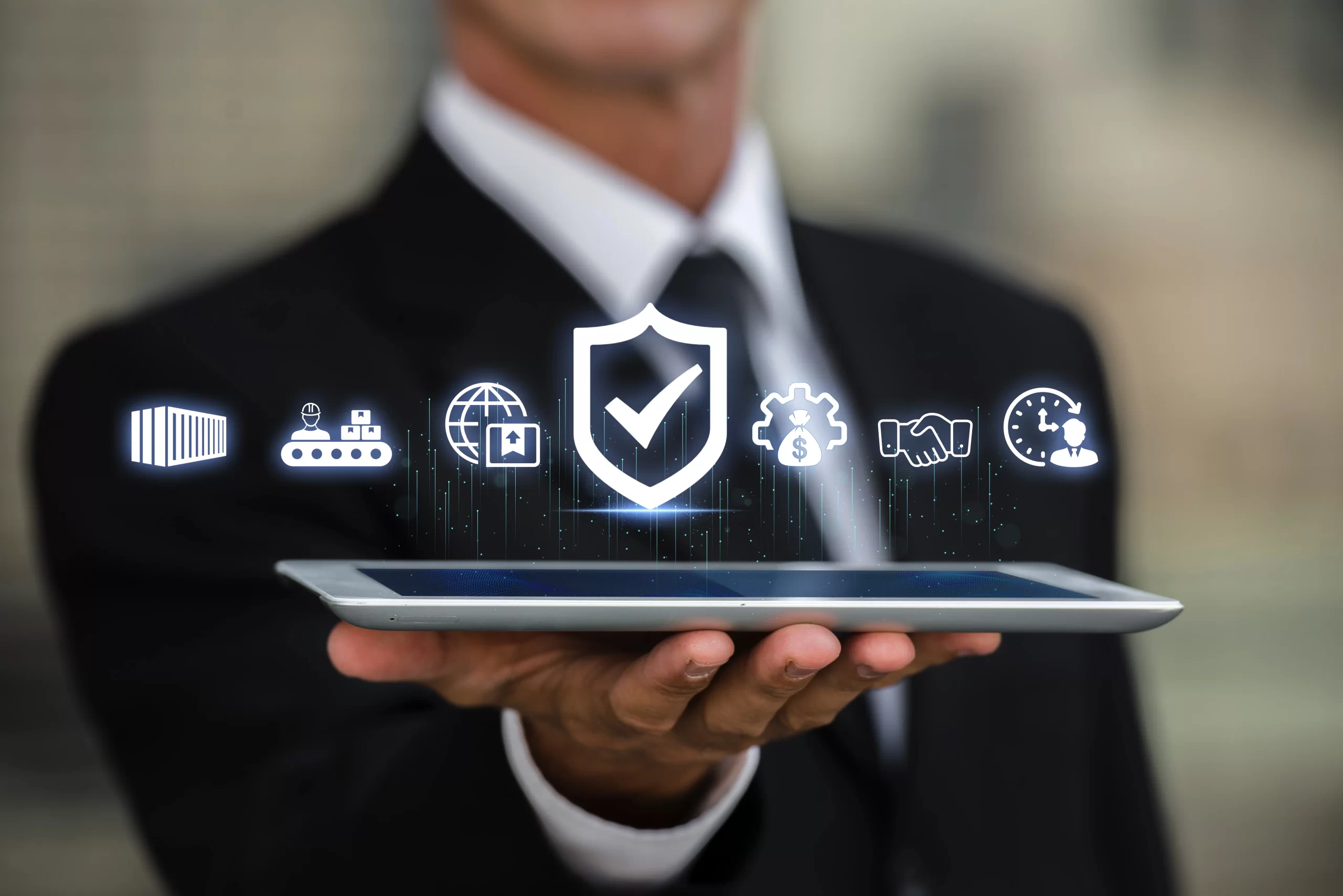Businesses must prioritize both regulatory compliance and cybersecurity to safeguard sensitive information and uphold trust in the current digital environment.
Failing to adhere to compliance regulations can result in legal penalties, financial losses, and reputational damage.
This article explores key compliance frameworks, best cybersecurity practices, and strategies to align security measures with regulatory requirements.
Understanding Cybersecurity Compliance
Cybersecurity compliance refers to adhering to laws, regulations, and industry standards designed to safeguard data and IT systems. Key aspects of compliance include:
- Data protection and privacy: Ensuring personal and sensitive data is secured.
- Risk management: Identifying and mitigating potential cybersecurity threats.
- Incident response: Establishing protocols for handling data breaches and security incidents.
Compliance requirements vary based on industry, location, and the type of data being handled.
Related: 5 Common Cybersecurity Mistakes
Key Cybersecurity Compliance Regulations
Several global and industry-specific regulations dictate cybersecurity standards. Common compliance frameworks include:
A. General Data Protection Regulation (GDPR)
- Applies to businesses handling EU citizens’ data.
- Requires explicit consent for data collection and the right to data erasure.
- Mandates prompt breach notification within 72 hours.
B. Health Insurance Portability and Accountability Act (HIPAA)
- Enforces security measures for protecting patient health information.
- Requires healthcare entities to implement administrative, technical, and physical safeguards.
- Imposes fines for non-compliance and data breaches.
C. Payment Card Industry Data Security Standard (PCI DSS)
- Governs organizations processing credit card transactions.
- Requires secure network infrastructure, encryption, and access control.
- Regular security assessments to prevent payment fraud.
D. ISO/IEC 27001
- An international standard for information security management.
- Establishes policies for risk assessment and data protection.
- Encourages continuous monitoring and improvement of cybersecurity practices.
E. California Consumer Privacy Act (CCPA)
- Grants California residents control over their personal data.
- Mandates disclosure of data collection and opt-out options.
- Imposes penalties for data mishandling and non-compliance.
Best Practices for Achieving Cybersecurity Compliance
Businesses can implement several measures to align cybersecurity strategies with compliance regulations:
A. Conduct Regular Security Audits
- Identify vulnerabilities through periodic risk assessments.
- Ensure compliance with regulatory requirements.
- Document security policies and update them as needed.
B. Implement Strong Access Controls
- Use role-based access control (RBAC) to limit data access.
- Enforce multi-factor authentication (MFA) for added security.
- Regularly review and update user access permissions.
C. Secure Data with Encryption
- Encrypt sensitive data at rest and in transit.
- Utilize strong cryptographic methods to protect user information.
- Implement end-to-end encryption for confidential communications.
D. Develop an Incident Response Plan
- Define roles and responsibilities for handling security incidents.
- Establish a clear process for breach detection, containment, and notification.
- Conduct regular incident response drills to improve preparedness.
E. Train Employees on Cybersecurity Awareness
- Educate staff on recognizing phishing attacks and social engineering tactics.
- Conduct compliance training specific to industry regulations.
- Encourage a security-first culture within the organization.
The Role of Technology in Compliance
Organizations can leverage advanced technologies to streamline compliance efforts:
- Security Information and Event Management (SIEM) Systems: Monitor and analyze security events in real time.
- Data Loss Prevention (DLP) Tools: Prevent unauthorized access and data leaks.
- Compliance Management Software: Automate regulatory reporting and compliance tracking.
Related: The Future of Cybersecurity
Consequences of Non-Compliance
Failing to comply with cybersecurity regulations can lead to severe repercussions, including:
- Legal penalties and fines: Regulatory bodies impose hefty fines for non-compliance.
- Reputational damage: Customers lose trust in businesses that fail to protect their data.
- Operational disruptions: Data breaches and compliance failures can impact business continuity.
Conclusion
Cybersecurity compliance is essential for protecting sensitive data and maintaining legal and ethical business practices. By staying informed about regulatory requirements, implementing best security practices, and leveraging technology, organizations can achieve compliance and enhance their cybersecurity posture.
FAQs
1. Why is cybersecurity compliance important?
Cybersecurity compliance helps protect sensitive data, prevent cyber threats, and avoid legal penalties.
2. How can businesses ensure compliance with data protection laws?
Businesses should conduct regular security audits, implement strong access controls, and educate employees on compliance requirements.
3. What is the difference between GDPR and CCPA?
GDPR applies to businesses handling EU citizens’ data, while CCPA focuses on data privacy rights for California residents.
4. How often should organizations update their cybersecurity policies?
Organizations should review and update their cybersecurity policies at least annually or whenever regulatory changes occur.
5. Can small businesses benefit from cybersecurity compliance?
Yes, small businesses benefit by reducing security risks, building customer trust, and avoiding costly legal consequences.


